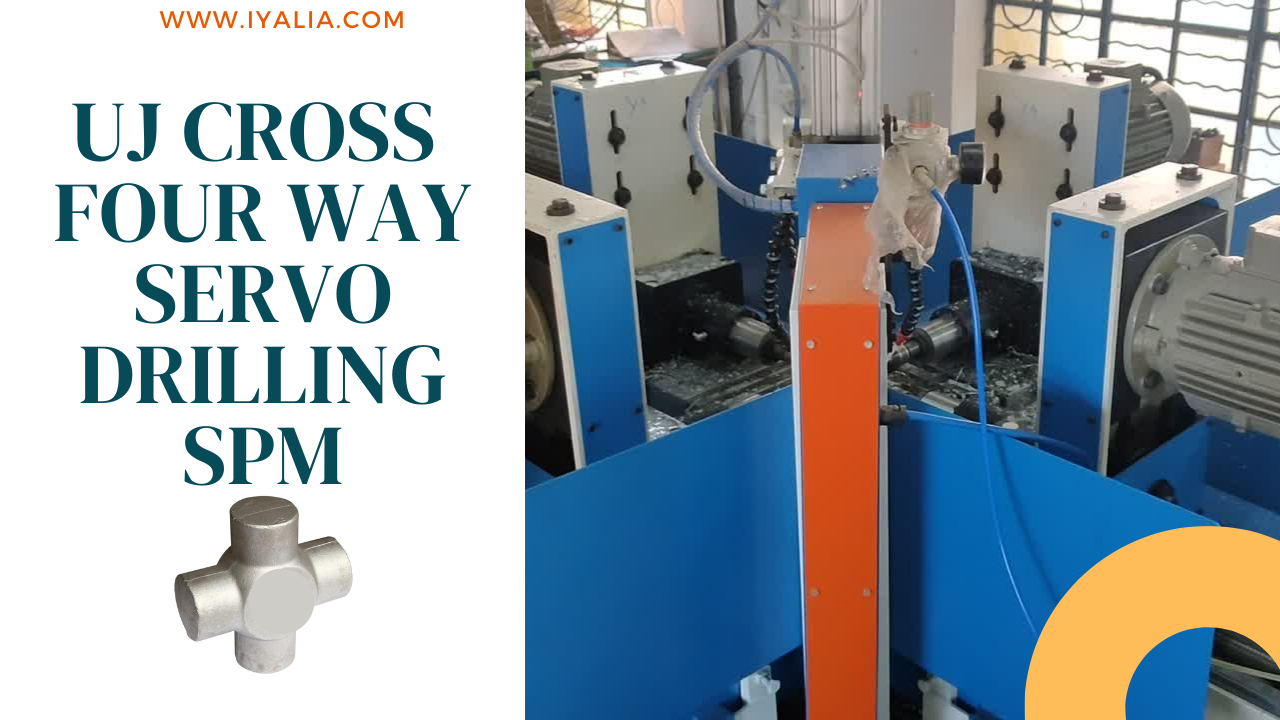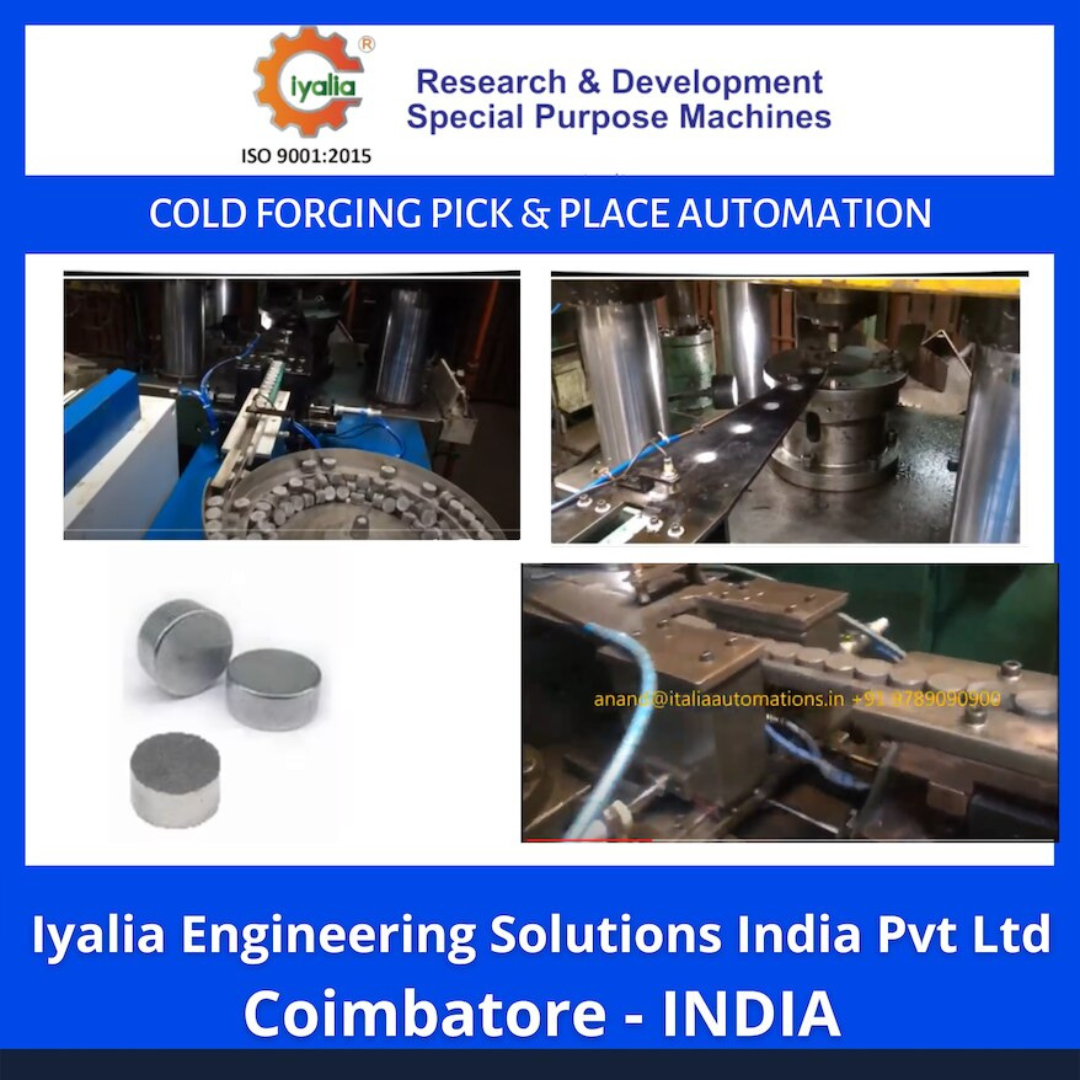The Evolution of Cold Forging: Embracing Automation
In the ever-evolving world of manufacturing, cold forging has emerged as a pivotal process, especially when Cold forging the production of metal parts with intricate details. One of the most significant advancements in this domain is the integration of slug feeding into press automation. But why is this integration gaining so much traction? Let’s delve into the myriad of advantages it offers.
Improved Efficiency
The first and foremost benefit of automated slug feeding is the drastic reduction in downtime between the forging processes. When machines are left idle, it’s a direct hit to productivity. Automated slug feeding ensures that the press is continuously fed with slugs, leading to a seamless production line and, consequently, heightened efficiency.
Consistent Quality
Quality assurance is paramount in manufacturing. With automated feeding, the consistency in feeding slugs is maintained, ensuring that each product that comes off the line meets the set quality standards. This uniformity eliminates the variability that often comes with manual feeding, giving manufacturers peace of mind regarding product quality.

Safety, Savings, and Flexibility: The Triad of Automation Benefits
Increased Safety
The manufacturing floor, while a hub of activity, can also be a hotspot for accidents, especially during manual operations. Automated slug feeding minimizes human interaction with the machinery, significantly reducing the risk of accidents like hand injuries. Safety is not just about compliance; it’s about ensuring that every worker returns home without harm.
Cost Savings
In the competitive world of manufacturing, cost-saving is always a top priority. Automated feeding directly impacts labor costs by eliminating the need for additional staff to manually feed the press. When you factor in the reduced downtime and consistent product quality (which means less rework and scrap), the cost benefits become even more apparent.
Greater Flexibility
One of the standout features of automated slug feeding is its adaptability. Whether it’s different press types, slug sizes, or shapes, automated feeding systems can be tailored to suit varying production needs. This flexibility ensures that manufacturers can quickly pivot in response to changing production requirements.
The Cost-Effectiveness of Cold Forging Automation
While the benefits of automation in cold forging slug feeding are clear, its cost-effectiveness deserves a closer look. Here’s how automation proves to be a financially sound decision:
Reduced Labor Costs
Manpower cost is one of the most significant expenses in manufacturing. Automated feeding systems, by design, reduce the need for manual labor, translating to direct savings in labor costs.
Increased Productivity and Minimized Downtime
As mentioned earlier, automated systems lead to improved efficiency. But it’s essential to understand that this efficiency translates to increased productivity and minimized downtime, both of which have direct financial implications.
Reduced Maintenance Costs
Last but not least, automated feeding systems, being precision-engineered, require less maintenance compared to their manual counterparts. This reduction in maintenance not only ensures smoother operations but also leads to significant savings in maintenance costs.
In conclusion, cold forging slug feeding into press automation isn’t just a technological advancement; it’s a strategic decision that leads to increased efficiency, safety, and quality, all while ensuring cost-effectiveness. For manufacturers looking to stay ahead in the competitive landscape, it’s an investment worth considering.


